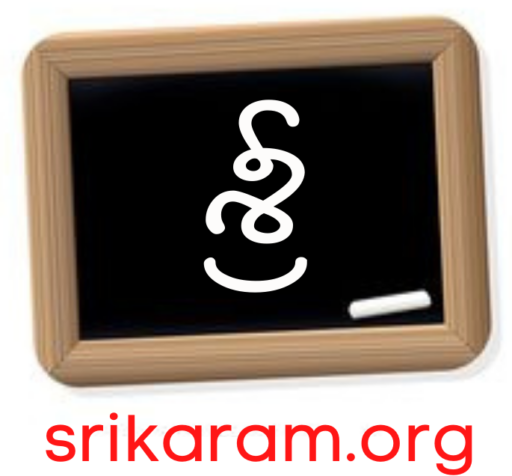Telugu vowels, known as “అచ్చులు” (Achulu), are fundamental to the language’s pronunciation and writing system. Each vowel has a unique sound and can also modify consonants when combined. Here’s a detailed explanation of Telugu vowel sounds:
1. అ (a)
- Sound: /ʌ/ as in “cup”
- Usage: This is the basic vowel sound. It’s used as the default vowel sound in many syllables and words.
- Example: అమ్మ (amma) – Mother
2. ఆ (aa)
- Sound: /ɑː/ as in “father”
- Usage: This is a long vowel sound, pronounced with an extended vocalization.
- Example: ఆపిల్ (apple) – Apple
3. ఇ (i)
- Sound: /ɪ/ as in “bit”
- Usage: This vowel is short and is used in words where the vowel sound is not extended.
- Example: ఇల్లు (illu) – House
4. ఈ (ii)
- Sound: /iː/ as in “see”
- Usage: This is a long vowel sound, pronounced with extended vocalization.
- Example: ఈక (eeka) – Leaf
5. ఉ (u)
- Sound: /ʊ/ as in “put”
- Usage: This vowel is short and used in words where the vowel sound is not extended.
- Example: ఉపాధ్యాయుడు (upaadhyaayudu) – Teacher
6. ఊ (uu)
- Sound: /uː/ as in “boot”
- Usage: This is a long vowel sound, pronounced with an extended vocalization.
- Example: ఉప్పు (uppu) – Salt
7. ఋ (ru)
- Sound: /ru/ as in “rupee” (a bit harder to pinpoint in English but close to “ri” in “river” with a rolled r sound)
- Usage: This vowel sound is less common and has a unique pronunciation.
- Example: ఋషి (rushi) – Sage
8. ఎ (e)
- Sound: /e/ as in “bed”
- Usage: This vowel sound is used in many words and is pronounced similarly to the ‘e’ in “bet.”
- Example: ఎత్తు (ettu) – Height
9. ఐ (ai)
- Sound: /aɪ/ as in “fly”
- Usage: This is a diphthong vowel sound, combining ‘a’ and ‘i’ sounds.
- Example: పై (pai) – On
10. ఒ (o)
- Sound: /o/ as in “pot” (pronounced with a rounded lip)
- Usage: This vowel sound is used in many Telugu words and has a rounded pronunciation.
- Example: కొబ్బరి (kobbari) – Coconut
11. ఔ (au)
- Sound: /aʊ/ as in “how”
- Usage: This is a diphthong vowel sound, combining ‘a’ and ‘u’ sounds.
- Example: తౌక (tauka) – Approximate
12. అం (am)
- Sound: /aŋ/ as in the nasalized ‘um’ in English
- Usage: This is an anusvara, used to denote nasalization.
- Example: గంగ (ganga) – Ganges
13. అః (ah)
- Sound: /aɦ/ (a soft ‘h’ sound following ‘a’)
- Usage: This is a visarga, used to denote a slight aspirated sound.
- Example: గణపతి (Ganapati) – Ganesh
Combining Vowels with Consonants
When vowels combine with consonants, they modify the consonant’s sound. For example:
- క (ka) + ఆ (aa) = కా (kaa)
- ప (pa) + ఇ (i) = పి (pi)
Writing Practice
To practice writing these vowels:
- Start with individual vowels: Write each vowel repeatedly to get familiar with the script.
- Combine with consonants: Practice combining vowels with different consonants to form syllables.
- Form words and sentences: Use the vowels in real words to understand their usage.
Regular practice with these vowels and their combinations will help you gain proficiency in reading and writing Telugu.
